Bordetella Basics: Keeping Your Dog Infection-Free
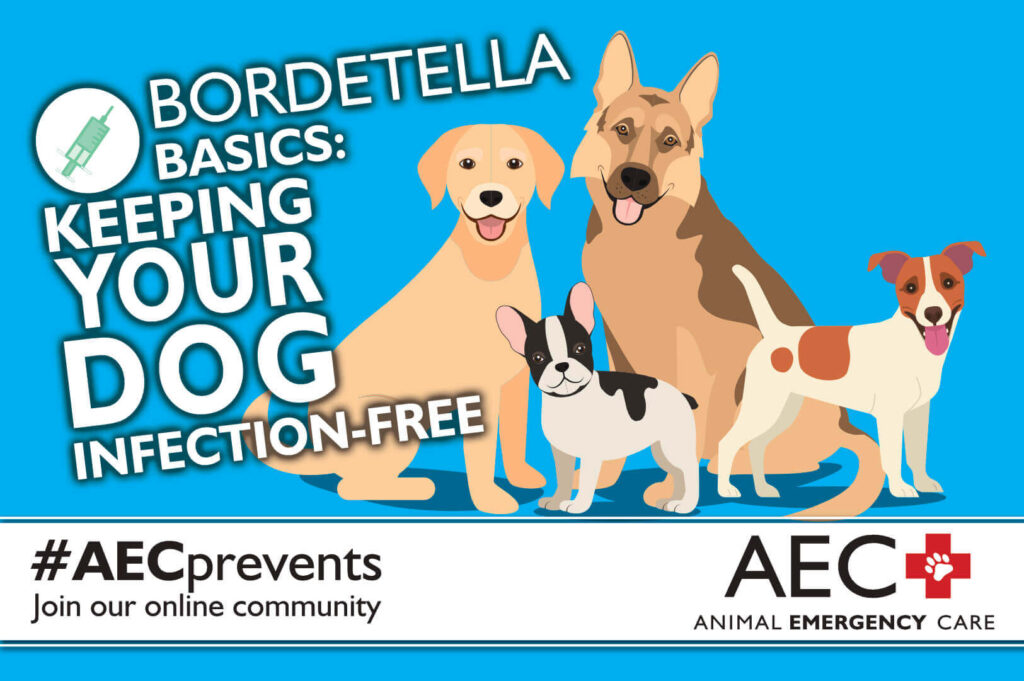
Dogs are naturally social animals who enjoy time with their pet parents and other dog friends. Many pet parents bring their dogs everywhere because of their close bond, and because they enjoy the companionship. Regular preventive care for your dog is critical to ensure they are protected from the disease agents and bacteria present in various environments. Our Animal Emergency Care team describes how you can protect your dog from becoming infected with Bordetella, a common respiratory bacteria.
Rabies 101: Vaccination is Critical to Protect Your Pet
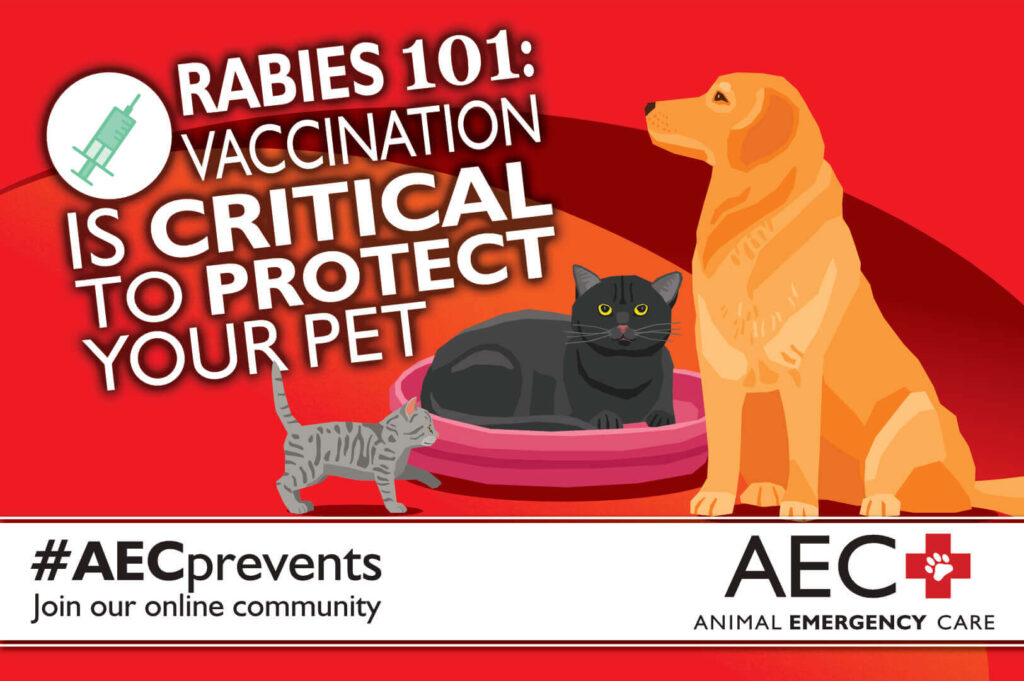
Rabies has always been one of the most feared infections in the animal world. Many are familiar with the story of Old Yeller and the beloved dog’s sad demise after rabies exposure. Great strides have been made since then, and vaccination has mostly eliminated the fear of losing a beloved pet to rabies. However, more than 50 dogs and 250 cats will die each year from rabies in the U.S. Our Animal Emergency Care team wants to ensure your pets are protected against this dangerous virus.
Does Your Dog Need A Leptospirosis Vaccine?
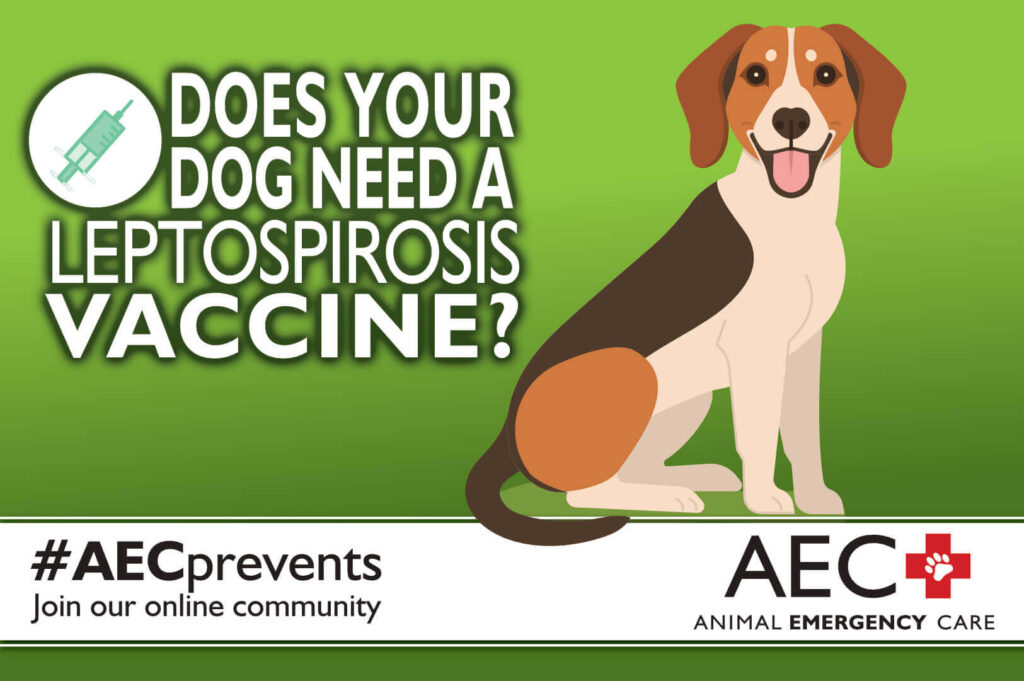
Outdoor adventures with your favorite furry pal require planning and preparation to ensure you have all the necessary supplies to stay safe and have fun. You may need specialized leashes or harnesses with packs for your dog to carry their water bowls and snacks when you head outdoors with your pup. You will also need to ensure your dog has their core vaccinations such as rabies and distemper that will protect them from wildlife and other canine friends. Your family veterinarian may also recommend non-core vaccinations such as leptospirosis. Our Animal Emergency Care team dives deep into leptospirosis to ensure you understand why your veterinarian may recommend this important vaccine.
Canine Parvovirus: A Deadly Threat
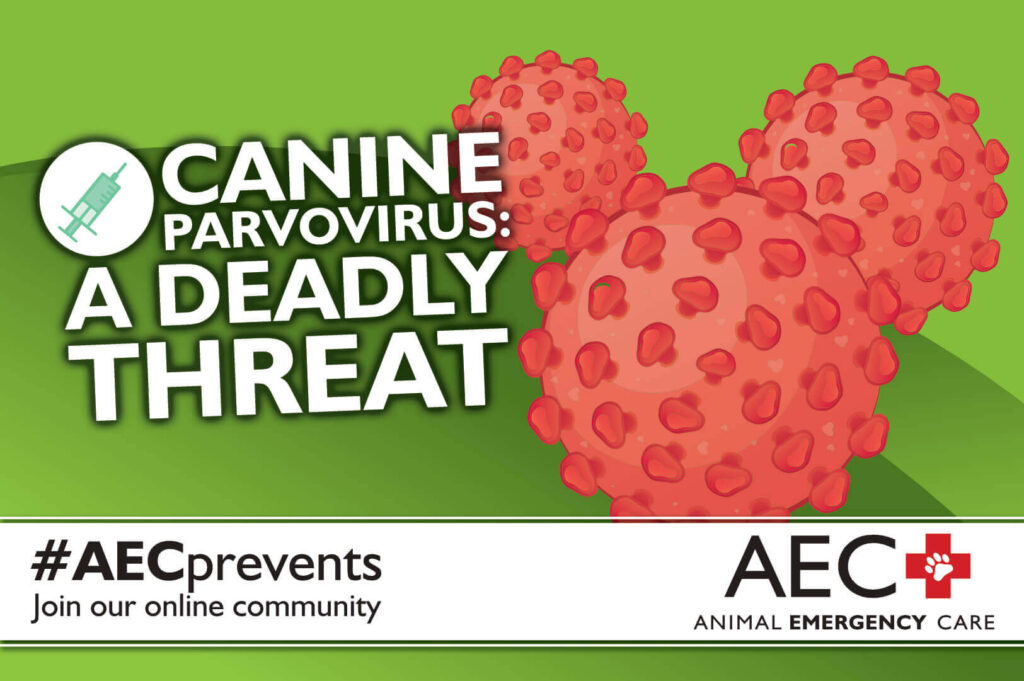
Canine parvovirus instills fear in every puppy owner, as it should. This deadly disease is responsible for a serious illness and sometimes death in the most vulnerable pets—puppies who have not yet developed strong immunity. Although dogs of any age can contract the virus, puppies are at highest risk. Learn more about this devastating disease, how to recognize the signs, and how to protect your dog.
Pet Poison Prevention: Understanding Antifreeze Toxicity in Pets

The winter season brings chilly temperatures, cozy sweaters, and crackling fires. In addition to ensuring their human and fur family members have winter wardrobes, many people prepare their cars and homes for the cold winter months. Antifreeze is a common chemical used in cars, as well as pipes in the home, to prevent damage from freezing temperatures. However, the active ingredient, ethylene glycol, is extremely toxic to humans and their pets. Our Animal Emergency Care team wants to ensure you are prepared to act quickly if your pet mistakes antifreeze for a sweet treat.
When Furry Friends Get Frosty: Managing Frostbite in Pets
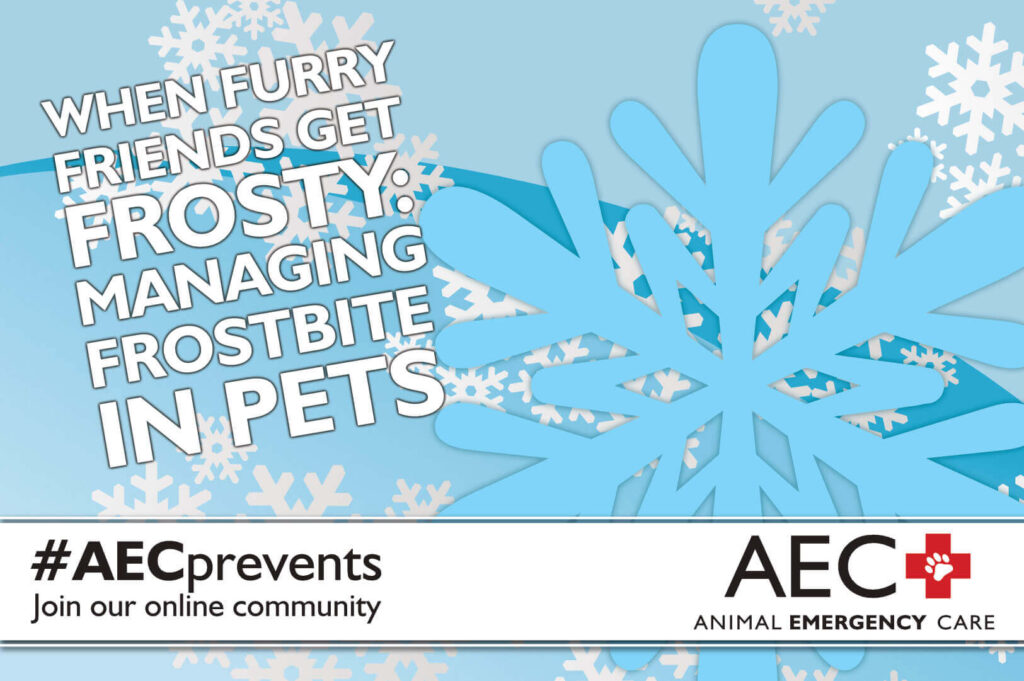
As the temperatures continue to drop during the winter months, humans and their pets are more at risk for temperature-related illness and problems. Like their owners, animals are susceptible to frostbite with prolonged exposure to frigid temperatures, especially below 32 degrees. Our Animal Emergency Care team wants to ensure that your pet avoids this painful medical condition with the following information about frostbite.
Being Cold is Not Cool: Understanding Hypothermia in Pets

Winter has arrived, and the chilly temperatures, freezing rain, and snow can make summer seem a lifetime away. Cozy sweaters, warm fires, and snowmen can bring joy to the winter months, especially when we include our four-legged family members. However, long-term exposure to cold can be dangerous for pets and lead to many health problems or death in severe cases. Ensure your pets stay warm this winter to avoid hypothermia and an unplanned emergency visit with our Animal Emergency Care team.
5 Ways to Reduce Your Pet’s Carbon Paw-Print
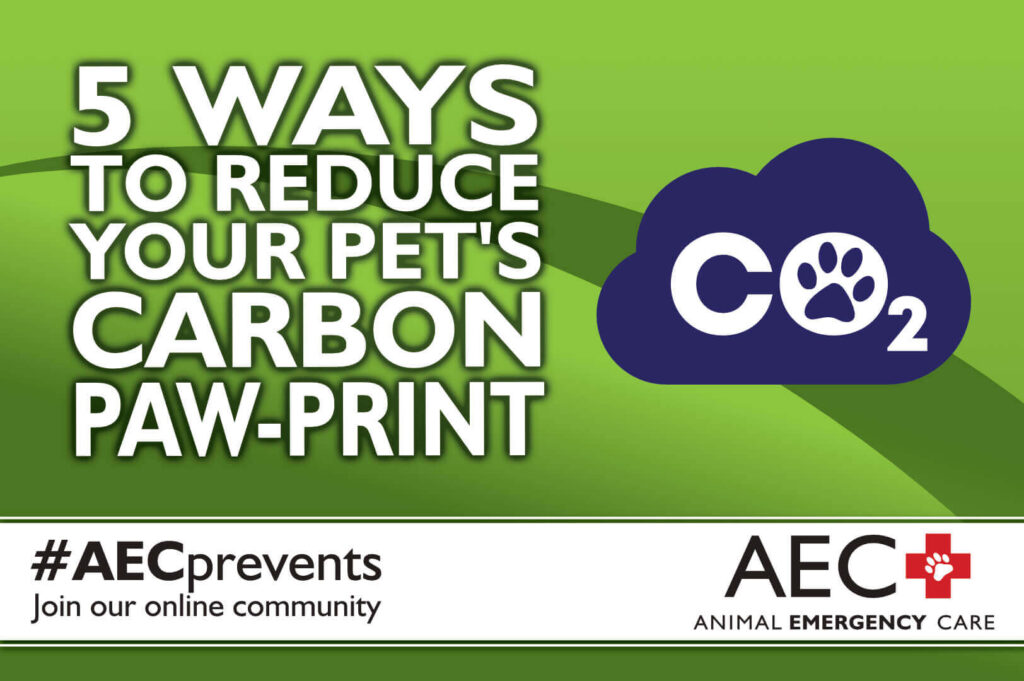
Caring for a four-legged family member is a life-long commitment of preventive care, veterinary visits, adequate nutrition, and physical and mental exercise. Our pets fill our lives with unconditional love and are our best friends and constant companions. According to a 2021 survey conducted by the American Pet Products Association, 70 percent of U.S. households have a pet.
Zoonosis and Your Pet: A Dangerous Combination
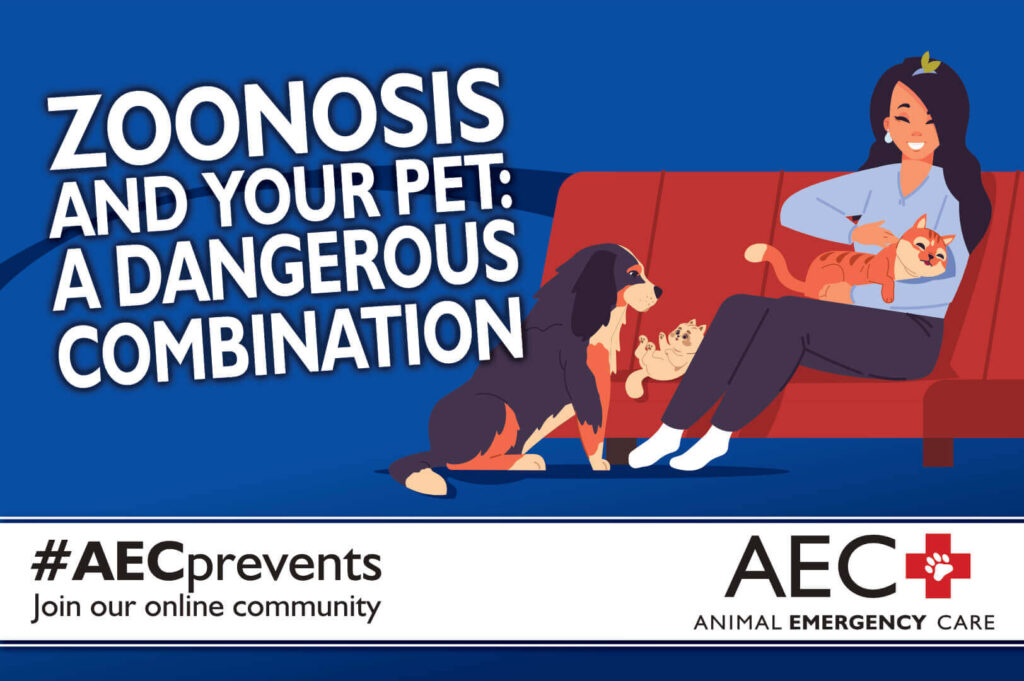
Pet owners enjoy sharing special time with their pets including couch cuddles, slobbery kisses, mealtime, and outdoor adventures. However, some of these activities could result in disease spread in people who do not take precautions or pets who do not receive proper preventive care. Zoonotic diseases are diseases that can be spread from people to pets, or vice versa, and can be deadly in severe cases. Fortunately, many preventive measures are available to ensure you and your pets are protected. Our Animal Emergency Care team describes zoonoses basics so that you understand disease types and risks and ways to prevent illness.
Tell Me Where It Hurts: 5 Signs Your Pet May Be in Pain
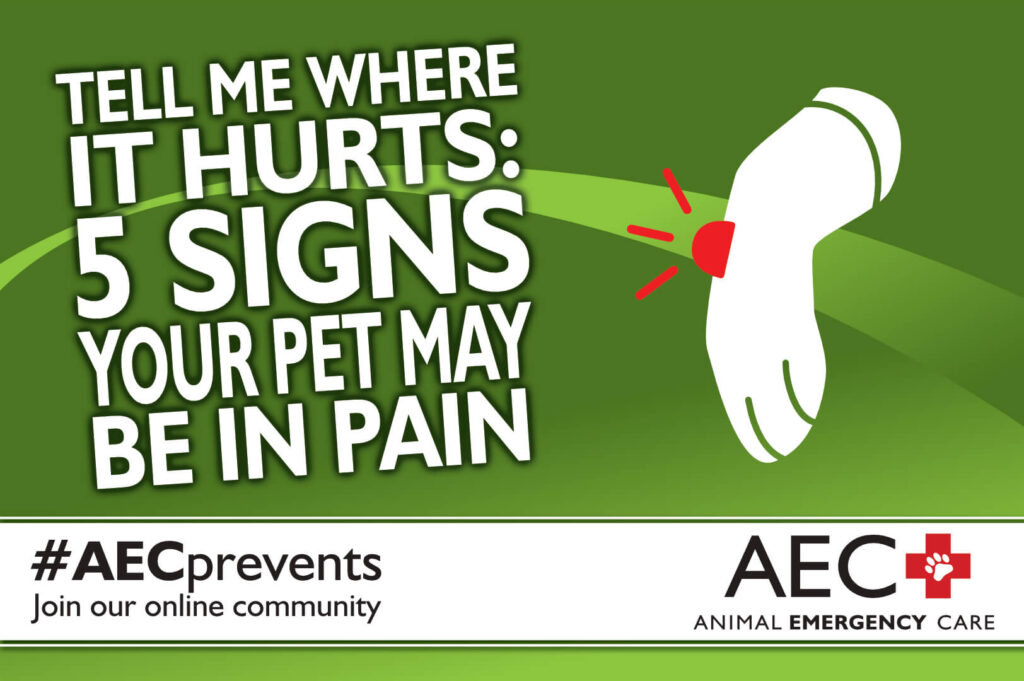
Our four-legged companions are great communicators. With just a look or a subtle drool, they are able to let us know exactly what they want especially when it is meal or snack time. However, for all of our pets’ amazing forms of communication, they cannot always tell us where and when they hurt. Many pets, especially cats, are skilled at masking signs of pain or discomfort which makes it challenging to know when they are suffering. Our Animal Emergency Care team has five common signs that could be a clue your pet is experiencing pain.

